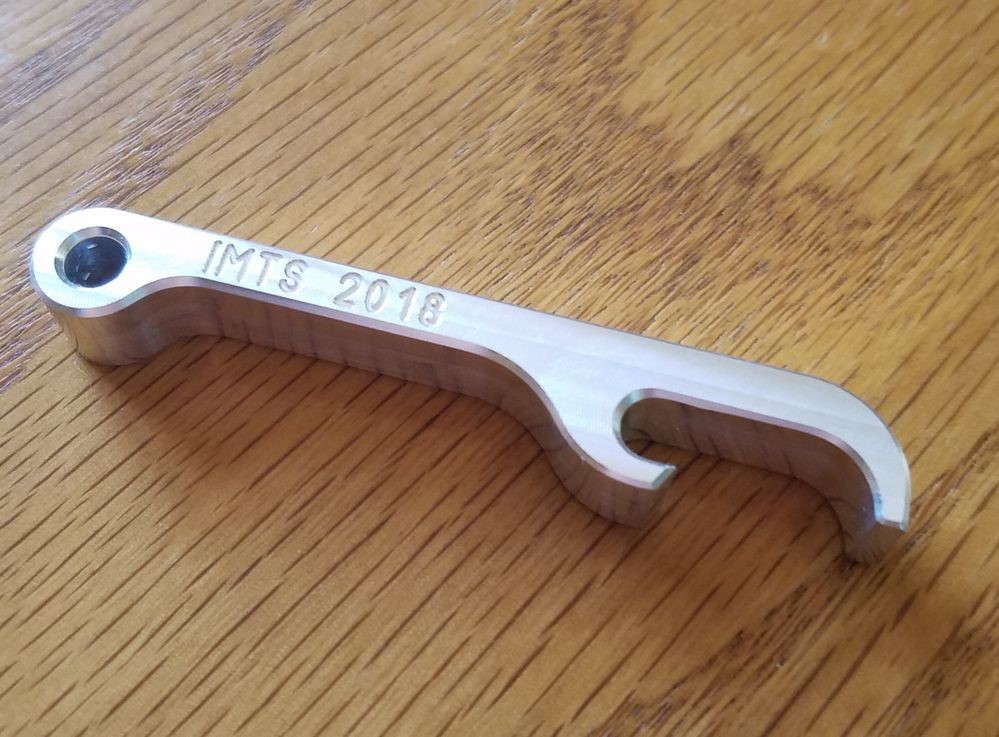How can design for manufacturing solve problems before they occur?

It’s not quite reverse engineering, however design for manufacturing or design for manufacturing and assembly puts into consideration the cost of manufacturing a product, or a series of products, and allows the designers and engineers to develop from the beginning a design with labor, material and overhead efficiency in mind.
Design for manufacturing plays an important role during the designing phase of the product; it is when essential production-related aspects of the product are defined and cannot be overestimated. Meeting project schedules, achieving a high level of quality management, controlling production costs and improving innovation all hinge in part on getting designs right the first time.
The most important parts of design for manufacturing (DFM) include the ease of manufacturing, a reduction in manufacturing costs and the ability to fix potential problems in the design phase.
Almost any manufacturing engineer should be able figure out a way to make a design. The problem lies in five factors that often drive up cost:
• Model design
• Material
• Tolerances
• Manufacturing methods or processes
• Quantity
Model Design. With today’s modern CAD tools, mechanical engineers can get clever with designs. But form follows function meaning everything that doesn’t enhance function adds to unnecessary costs.
At last year’s International Manufacturing Technology Show, we had a booth where we passed out bottle openers we made using a 4-Axis CNC machine on site from small billets of aluminum material. To make our giveaway more impactful we etched “IMTS 2018” on one side and “Siemens CNC” on the other. It was a nice touch, but it added a lot of cost. Everything about the creation of this bottle opener, from the keychain hole to the chamfered edges, were necessary for the function; but using the extra cutting tool to etch in our message added cost to creating bottle openers. We felt it was necessary for marketing purposes.
You can watch this video to learn how we used generative design to enhance the design of the bottle opener.


Material. This is likely the non-negotiable aspect of manufacturing. Mechanical engineers must carefully weigh all options and determine what materials are used to create a part or product. Regarding the bottle opener, consider the implication of making it out of materials like titanium or stainless steel that are more expensive and harder to machine than good old soft aluminum.
Even if you decide that the material will be aluminum, there are ways to reduce material costs by defining the optimum width. With our bottle opener, we reduced the width by 15 percent while still satisfying requirements. Over a large production run, this is a huge savings in material costs.
Are there alternative materials available that can maintain quality while also reducing costs? Or, can the material be designed more efficiently to maximize output and minimize material?
To learn more we can use simulation to optimize the width of our bottle, watch this short video.
Tolerances. This factor is the one most likely to raise expenses. When working on a model, legitimate requirements often require precise tolerances. It’s common for equipment or machine purchases to be made to accommodate these tolerances so the job can be performed as specifically required. The result of these unintended consequences is that more costs are applied to the finish part.
Manufacturing methods or processes. The model design often drives the manufacturing methods or processes that are being used. CNC machining setups are non-productive times and include time spent putting the fixture on the machine, positioning the cutting tools in the carousel, running a test part and inspecting the test part. The more setups needed, the more expensive the part will be. Newer CNC machining technologies enable fewer setups, but the cost of those machines is typically higher.
Quantity. If we were manufacturing just one bottle opener, this single model would be the most expensive version of its creation because all the time, costs and infrastructure go into one unit. The more quantity needed, the cheaper the cost per unit. High quantities allow for cost-savings measures and investment in high production technology and automation while spreading the costs out amongst hundreds, thousands or even millions of units.

The basic requirement for implementing design for manufacturing methods is the exact knowledge of the applicable manufacturing processes. Not only should the available machinery be considered, but also the possibility of outsourcing or procuring additional equipment. A critical factor for a successfully implemented DFM strategy is also inclusion and support of other departments. Design for manufacturing is a balancing act between what can be used, what needs to be used and what the customer expects.
Here are four success criteria for DFM implementation.
Planning. Consult with manufacturing experts on your design. Lowering manufacturing costs is never easier than at the design stage.
Materials. Use manufacturing-compliant materials, if possible, which determines manufacturing processes and means, materials management and quality control.
Processes. Learn what manufacturing process can reduce costs in every aspect of manufacturing including setup, inspections, tests and machines in use. For example, 3D printing may enable one monolithic part design instead of manufacturing multiple components.
Standards. Use standard parts or components. This will reduce the cost of new designs, while improving inventory management and time-to-market.
From bottle openers to aircraft engine parts, DFM has been proven to reduce costs and increase efficiency. Digitalization can make design for manufacturing easier to implement as factors such as tolerances and material can be determined early on and minimize costly changes from occurring further in the process.
Visit our digital manufacturing hub to learn more about design for manufacturing and digital manufacturing.


